Why Neutral Hosts Should Consider Adopting mmWave Solutions
- Cost Efficiency
- Enhanced Coverage and Capacity
- Fast Time to Market
- Flexibility
- Scalability
The digital world is expanding rapidly. With this surge, the demand for data capacity and connectivity is skyrocketing.
How can network operators meet this growing need without blowing their budgets? The answer may lie in Neutral Host Networks (NHNs). These networks allow several mobile network operators (MNOs) to share infrastructure. This leads to improved coverage, increased capacity, and economic efficiency. In today’s rapidly evolving technological landscape, future-proofing networks has become a crucial consideration for companies and organizations across industries.

As the demand for data capacity and connectivity continues to grow, it is essential for businesses to stay ahead of the curve and ensure that their networks can meet the evolving needs of their users.
This article explores the significance of future-proofing mobile networks and how neutral host networks (NHNs) can play a pivotal role in building redundant networks to help easily connect the latest densification of 5G small cells.
Furthermore, we will explore the benefits that NHNs offer to mobile network operators (MNOs), making them an attractive solution for future-proofing networks.
The Importance of Future-Proofing Networks
Building an NHN isn’t a one-and-done deal. These networks need to be flexible, able to adapt to changes like new MNOs joining or upgrades to fresh cellular bands. So, how can NHN designers ensure they’re creating a cost-effective, future-proof network infrastructure? The solution is to adopt millimeter wave (mmWave) solutions.
Why? Because they offer the flexibility that fixed solutions lack. They can easily add new tenants, which reduces expenses linked to redesigning or replacing network infrastructure. Plus, they’re ready to handle newly licensed and shared frequency bands, which are crucial for delivering next-gen wireless services.
The future of network design is here, and it’s all about flexibility and adaptability. By choosing mmWave solutions, NHN designers can create networks that are ready for whatever the future brings.
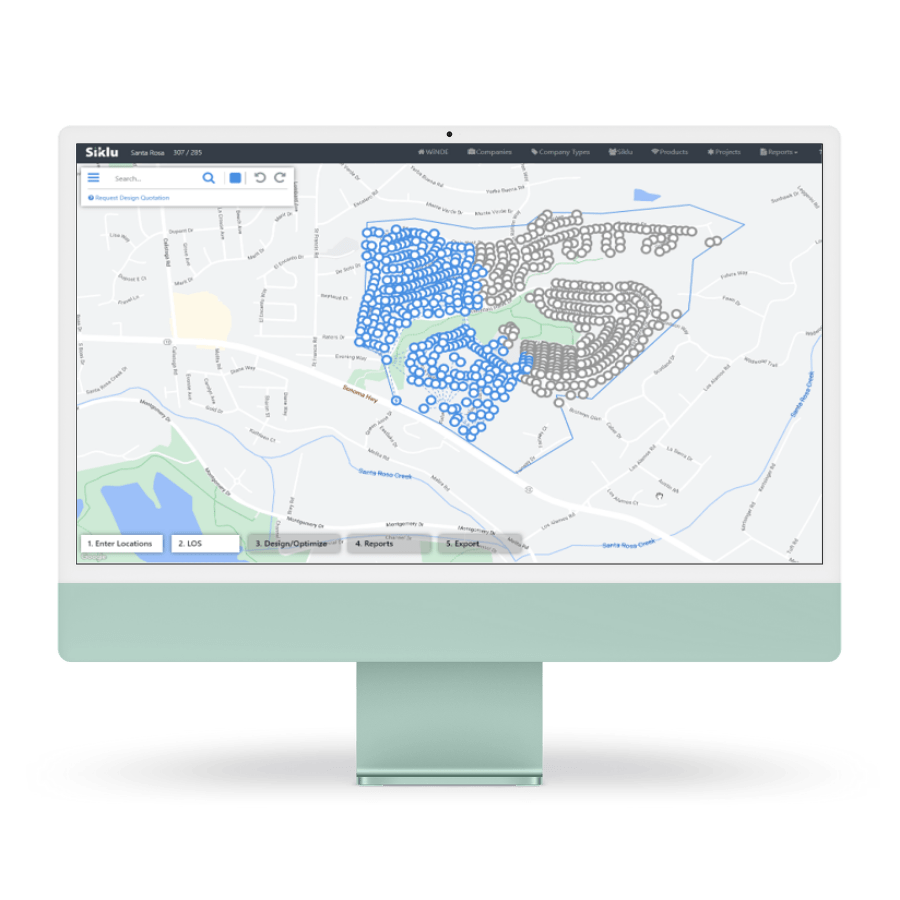

The Concept of Neutral Host Networks
A neutral host network, on the other hand, is a shared infrastructure that allows several mobile network operators to offer their services without each one having to build their own infrastructure in the first place.
This model benefits both operators and consumers; operators can save on infrastructure costs, and consumers can enjoy seamless service across multiple carriers. The main application areas for neutral host networks often involve providing indoor wireless coverage.
- There is a significant complementarity between mmWave radio technology and neutral host networks. First, the high data speeds and capacity of mmWave can bolster neutral host networks’ capabilities, allowing them to support a higher number of operators and a wider range of services.
- Second, the mmWave spectrum provides a large bandwidth which enables efficient infrastructure sharing among multiple network operators without causing interference. This contributes to a more economical and cost-effective deployment.

- Third, given that mmWave technology is especially effective in high-density areas, a neutral host can deploy this technology in such regions and lease the capacity to various operators.
- Fourth, the limited penetration and range of mmWave signals are turned into an advantage for neutral host networks seeking to provide high-speed indoor coverage. The shared indoor coverage can then be leveraged by multiple operators.
How does a neutral host network function?
A neutral host network is a shared network infrastructure that allows multiple mobile network operators to offer their services without having to set up individual networks.
Can you provide examples of innovative business models that arise from the combination of mmWave and neutral host networks?
An example could be a neutral host network offering high-capacity, high-speed services to businesses, event venues, or municipalities. Such a service level might be beyond what individual mobile operators could offer independently, thus creating a new revenue stream.
How can mmWave technology make neutral host networks more cost-effective?
mmWave technology can make neutral host networks more cost-effective by enabling efficient infrastructure sharing among multiple network operators, thereby reducing the costs associated with individual network setup.
What advantages does mmWave technology bring to neutral host networks?
mmWave technology brings several benefits, including high data speeds and capacity, efficient infrastructure usage, and cost-effective deployment, particularly in high-density areas.
How Neutral Host Networks Simplify Connectivity
Neutral host networks are shared infrastructures that allow multiple mobile network operators to offer their services without needing to set up their own individual networks. This model significantly simplifies connectivity by providing seamless service and backhaul across multiple carriers.
For consumers, this means better coverage and service quality, as well as the ability to connect to the best available network. For operators, neutral host networks minimize the costs and logistical complexities associated with deploying and maintaining their own networks, especially in high-density areas where infrastructure deployment can be challenging.
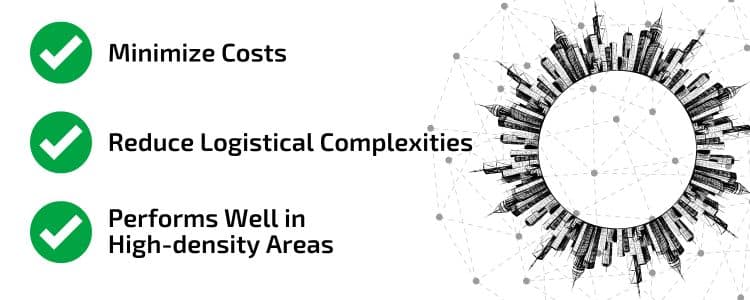
Meeting the Growing Demand for Data Capacity and Connectivity
- Fast Deployments
- Cost-Efficiency
- Future-Proof Solution
With the advent of technologies such as cloud computing, IoT devices, and 5G, the demand for data capacity and connectivity has skyrocketed. Users now expect seamless and uninterrupted access to a wide range of online services and applications.
This exponential growth in data consumption necessitates networks that can handle massive amounts of data traffic efficiently.
Future-proofing networks involves implementing solutions that can scale and adapt to increasing data demands. By deploying high-capacity infrastructure and embracing emerging technologies like mmWave solutions, organizations can ensure that their networks can handle the growing demand for data capacity and connectivity.
More importantly by taking advantage pf 60GHz wireless solutions, these networks can be deployed at a fraction of the time and cost compared to traditional cabled methods.
Where are neutral host networks needed the most?
Neutral host networks can be particularly valuable in environments with high user density and connectivity demand. Let’s explore some of the areas where they can bring the most benefit:

Points of Sale and Malls
In the retail environment, neutral host networks can support a host of digital applications, from mobile point-of-sale (POS) systems to augmented reality shopping experiences. They also enable retailers to gather valuable analytics and offer personalized services, creating a more engaging shopping experience for customers.

Stadiums and Event Venues
Stadiums and event venues often host thousands of people, all looking to connect to the internet simultaneously. This creates a significant demand for bandwidth, which can be effectively handled by neutral host networks. By providing high-speed, reliable connectivity, these networks can enhance the user experience, enable real-time social media sharing, and even support advanced applications like augmented reality (AR).

Airports and Transportation Hubs
Airports and transport hubs are often teeming with travelers, all of whom require reliable, high-speed connectivity. Neutral host networks can provide the necessary bandwidth and coverage, catering to the connectivity needs of thousands of users at once.

Enterprises and Offices
Offices can also greatly benefit from neutral host networks. With the rise of collaborative tools and cloud-based applications, high-speed, reliable internet is critical. Neutral host networks can provide the robust connectivity needed to support these demands, while also simplifying network management for businesses.
Medical Centers & School Campuses
In hospitals and campuses, reliable connectivity is not just about convenience—it’s often crucial for operations. Whether it’s supporting telemedicine and digital health records in hospitals or enabling online learning and research on campuses, neutral host networks can deliver the necessary network capacity and performance.
The Role of Neutral Host Networks (NHNs) in Network Densification
Neutral host networks (NHNs) play a critical role in network densification – the process of increasing network capacity by deploying additional infrastructure. NHNs act as intermediaries between mobile network operators (MNOs) and venue owners, providing shared infrastructure that enables multiple MNOs to offer their services in a particular location.
By adopting NHNs, MNOs can overcome the challenges associated with deploying individual networks in every venue. NHNs provide a cost-effective solution by consolidating infrastructure and allowing multiple operators to share resources. This approach not only reduces the capital and operational expenditure for MNOs but also improves coverage and capacity for end-users.
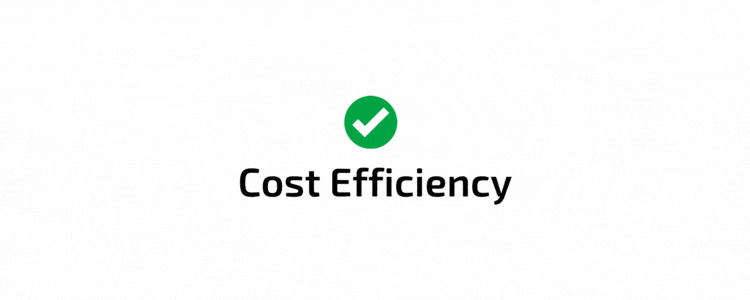
The Benefits of NHNs for Mobile Network Operators (MNOs)
NHNs offer a range of benefits for MNOs, making them an attractive option for future-proofing networks. Some of the key advantages include:
- Cost Efficiency: By sharing infrastructure and resources, MNOs can significantly reduce their capital and operational expenditures. NHNs eliminate the need for duplicative network deployments, resulting in substantial cost savings.
- Enhanced Coverage and Capacity: NHNs enable MNOs to improve coverage and capacity in venues where deploying individual networks may not be feasible or cost-effective. With NHNs, MNOs can ensure that their users have a seamless and reliable network experience, even in crowded areas.
- Faster Time-to-Market: Adopting NHNs allows MNOs to quickly expand their network footprint and offer their services in new venues. This accelerated time-to-market gives MNOs a competitive edge and enables them to capture new market opportunities swiftly.
- Flexibility and Scalability: NHNs provide MNOs with the flexibility to adapt to changing network demands. As data consumption continues to grow, MNOs can easily scale their services by leveraging the shared infrastructure offered by NHNs.
By embracing NHNs, MNOs can future-proof their networks by ensuring scalability, cost efficiency, and enhanced user experiences. These networks align with the growing demand for data capacity and provide a solid foundation for the technologies of the future.
Leveraging mmWave Spectrum for Improved Coverage and Capacity
The mmWave spectrum, with its high frequency range from 24 GHz up to 100 GHz, offers tremendous potential for delivering lightning-fast internet connections. Neutral hosts can leverage mmWave solutions to improve coverage and capacity within their networks.
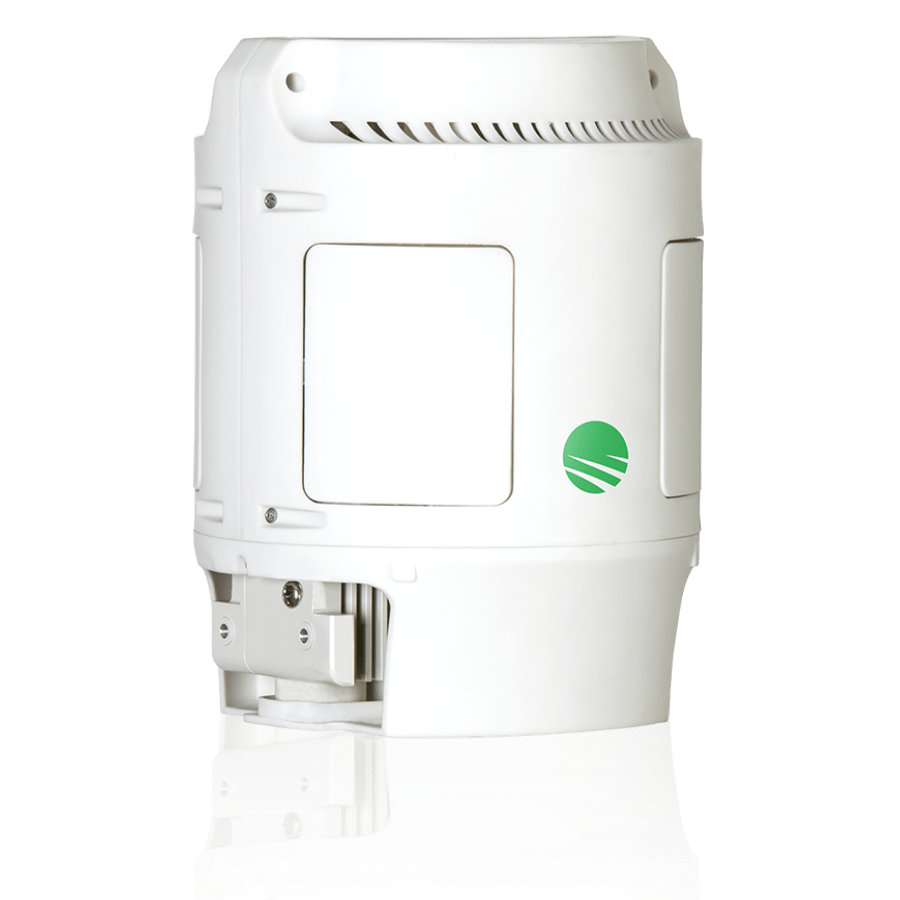
By strategically deploying mmWave base stations, like Siklu’s MultiHaul TG N366 or the N367 in areas with high user density, neutral hosts can ensure that users in those locations experience exceptional connection speeds and low latency.
Supporting Future Network Upgrades with Field-Upgradability
In the ever-evolving landscape of wireless networks, future network upgrades are inevitable. For example, the Microlab MCC platform recognizes this need and offers field-upgradability to support current and future network requirements.
This capability is especially crucial when it comes to incorporating newly allocated licensed and shared frequency bands. As the industry moves towards next-generation wireless services, such as G networks, the ability to leverage new spectrum service bands becomes paramount.
NHNs that lack the means to accommodate these new bands will miss out on essential coverage and capacity benefits, ultimately leading to costly network upgrades.
The Challenges facing Neutral Host Networks
While neutral host networks hold immense potential, they also face certain challenges:
Regulatory Requirements and Policy Issues
Regulatory environments differ significantly worldwide, and in some regions, shared infrastructure neutral host solutions might not be fully supported or allowed. Furthermore, the negotiation of fair and equitable sharing agreements between multiple operators can be complex and time-consuming.
Technical and Operational Challenges
Neutral host networks also face technical and operational hurdles. Coordinating multiple operators on a single infrastructure requires sophisticated management and orchestration capabilities. Ensuring high-quality service delivery while managing interference between the networks of different operators can also pose significant challenges.
NHN Conclusion
In conclusion, adopting mmWave solutions is a crucial step for neutral hosts looking to future-proof their networks. The increasing demand for ubiquitous, high-speed connectivity requires a shift from passive to active elements of network infrastructure.
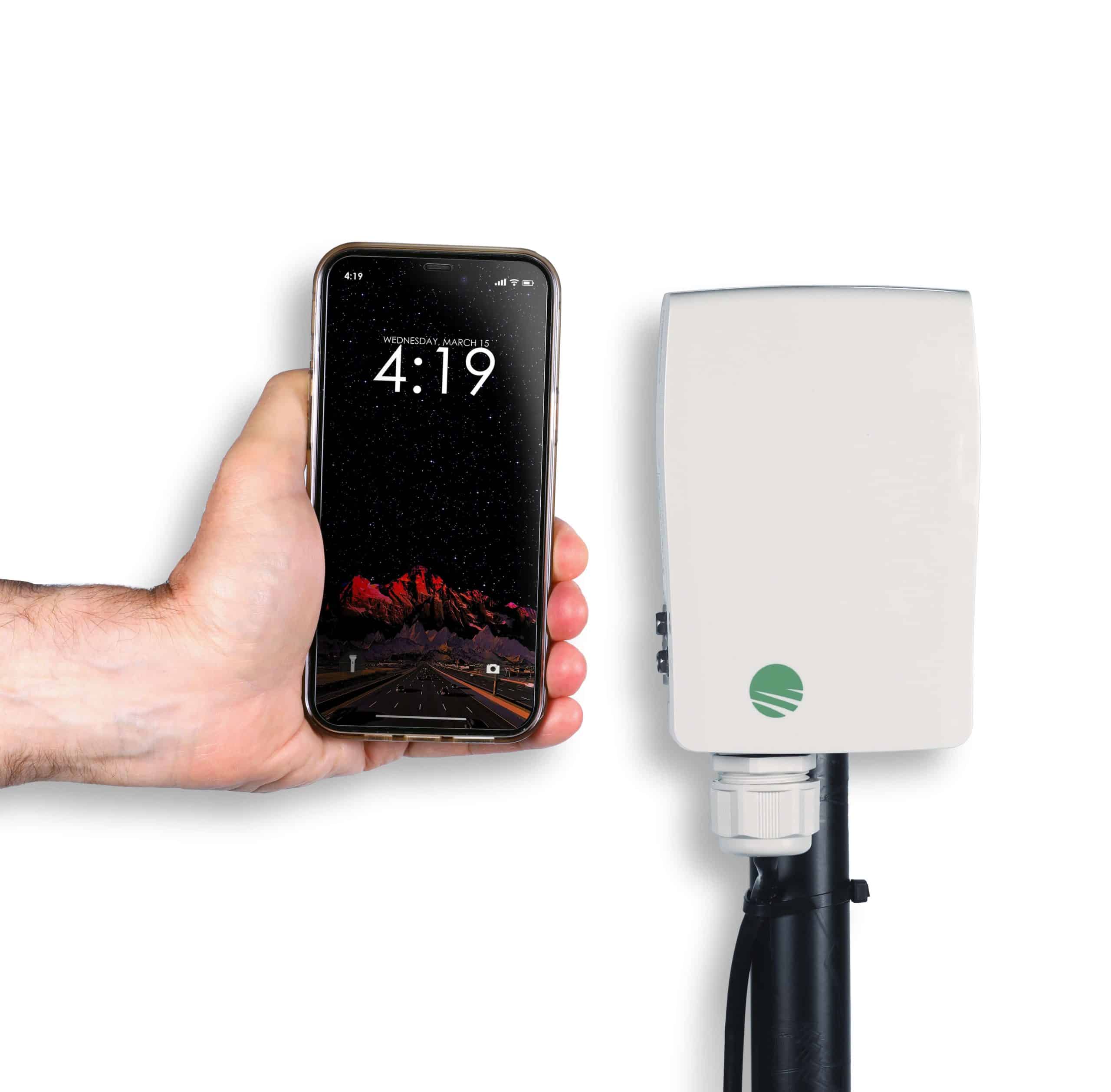
Furthermore, the consolidation of multiple services through a single infrastructure offers cost-saving benefits and eliminates the need for separate network deployments. This streamlined approach not only reduces capital expenditure for mobile network operators but also allows them to focus on differentiating themselves in the market.
As the demand for connectivity continues to grow, neutral hosts that embrace mmWave solutions will position themselves as key players in the evolving telecommunications landscape. By staying ahead of the curve and investing in innovative technologies, they can ensure the delivery of seamless and efficient network experiences for both consumers and enterprises.

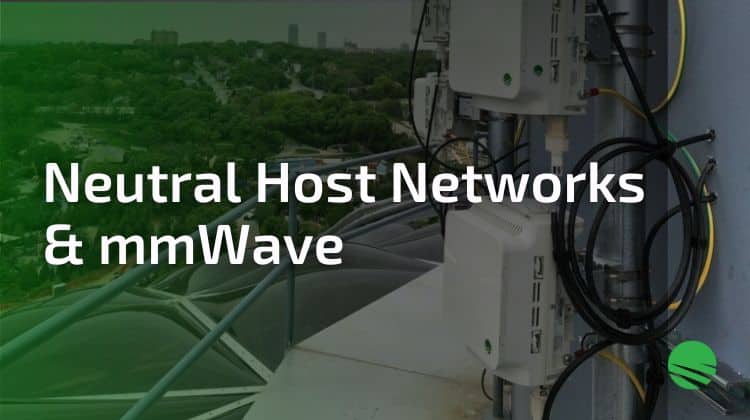


 by
by 

